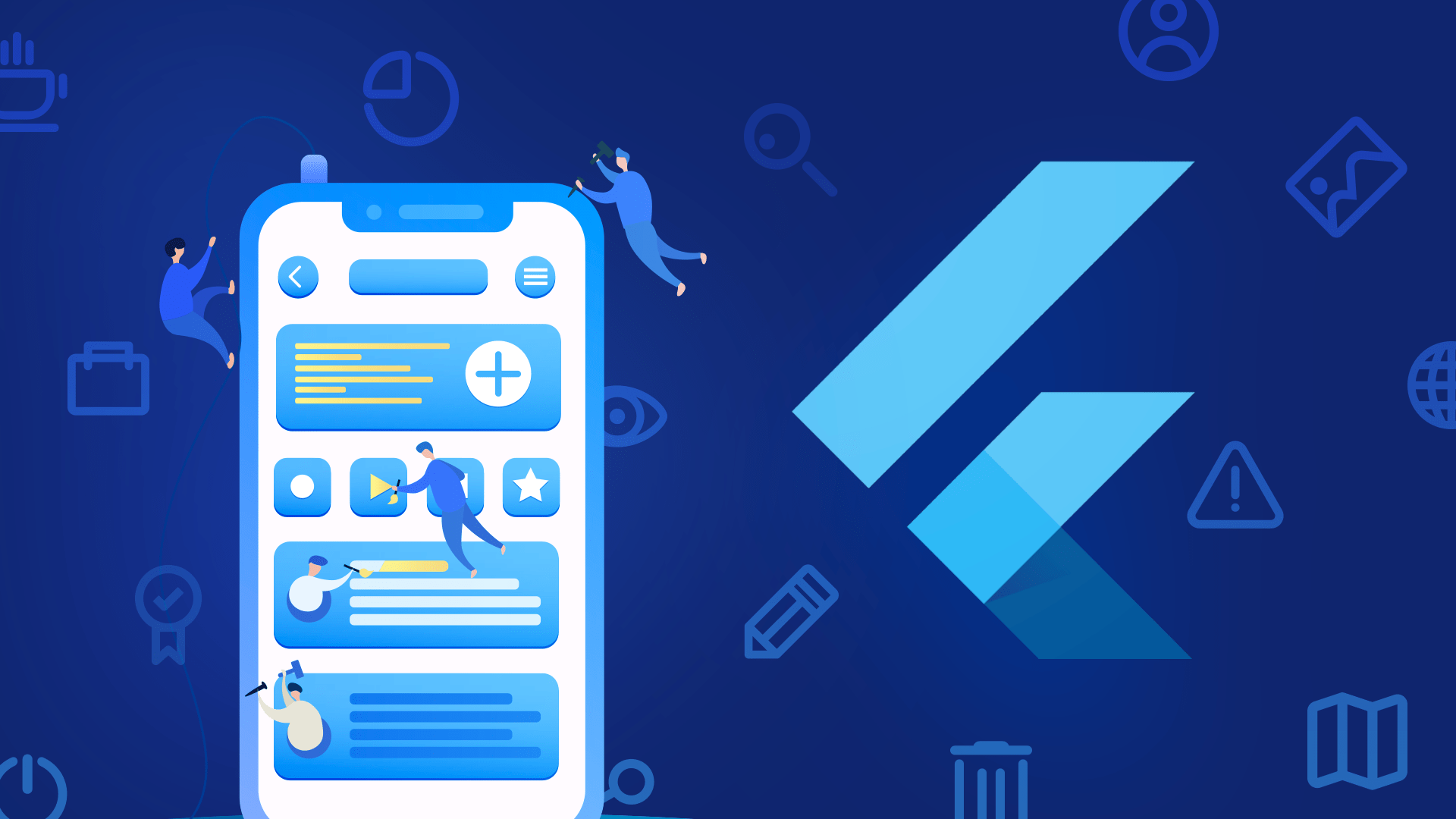Creating Impressive Applications Introduction to Flutter Programming
 Hazza institute Of technology
Hazza institute Of technology
Google's Flutter framework has gained popularity fast as a way to create natively built desktop, web, and mobile applications from a single codebase. This in-depth tutorial will introduce you to Flutter, go over its advantages, and show you how to make beautiful applications. Regardless of your level of experience as a developer, this guide will assist you in fully utilizing Flutter's capabilities.
Putting Your Flutter App to Use
It's time to release your app onto app stores once it's complete. This section offers a step-by-step tutorial on setting up your Flutter app for release, which includes making release builds, setting app permissions, and creating icons. Additionally, you will discover how to submit your program to the Apple program Store and Google Play Store.
Advanced Ideas for Flutter
As you gain more familiarity with Flutter, you might wish to investigate more complex subjects. Advanced Flutter concepts like creating plugins, integrating native code using platform channels, and creating bespoke animations are covered in this part. When you grasp these ideas, you'll be able to develop complex, high-performing apps.
Keeping Up with Flutter Updates
The Flutter ecosystem is constantly evolving, with frequent updates and new features. This section provides tips on how to stay current with the latest Flutter developments. You'll learn about useful resources, community forums, and official documentation to keep your skills up-to-date and take advantage of new enhancements.
Flutter's effective reload
One of Flutter app development standout features is its hot reload capability, which allows developers to see changes in real-time without restarting the app. explores how hot reload works, its benefits in speeding up the development process, and practical tips for using it effectively. By leveraging hot reload, you can iterate quickly and refine your app with immediate feedback.
Creating Custom Widgets in Flutter
While Flutter provides a rich set of pre-built widgets, creating custom widgets allows you to tailor your app's UI to specific requirements. This section guides you through the process of building custom widgets, including extending existing widgets, composing multiple widgets, and managing widget state. Custom widgets enable you to create unique, reusable components that enhance your app's design and functionality.
Animations and Motion in Flutter
Animations bring your app to life and improve user experience by providing visual feedback and enhancing interactions. Flutter's animation framework, including basic animations, tween animations, and using the AnimationController. You'll also learn how to create complex animations with the AnimationBuilder and custom animation curves.
Accessing Device Features with Flutter Plugins
Flutter's plugin ecosystem allows you to access native device features such as camera, GPS, sensors, and more. popular Flutter plugins and shows you how to integrate them into your app. You'll learn how to use packages like camera for capturing photos, geolocator for GPS functionality, and shared_preferences for local storage.
Continuous Integration and Continuous Deployment (CI/CD) for Flutter
Automating your development workflow with CI/CD can significantly improve productivity and code quality. setting up CI/CD pipelines for Flutter applications using tools like GitHub Actions, Travis CI, and Bitrise. You'll learn how to automate testing, build processes, and deployment to app stores, ensuring a smooth and efficient release cycle.
Real-World Flutter Projects
Applying your knowledge to real-world projects is one of the best ways to master Flutter. This section presents a series of hands-on projects, such as building a weather app, a social media feed, or an e-commerce store. Each project includes step-by-step instructions, code samples, and best practices to help you build functional and polished applications.
Engaging with the Flutter Community
The Flutter app development community is vibrant and supportive, offering a wealth of resources and opportunities for collaboration. This section highlights ways to engage with the Flutter community, including attending conferences, participating in online forums, contributing to open-source projects, and following influential developers. Being active in the community can provide valuable insights, feedback, and networking opportunities.
Conclusion
On completing this guide to Flutter app development master the concepts, tools, and techniques covered in this guide, you're well on your way to becoming a proficient Flutter developer. Keep building, experimenting, and learning to refine your skills and create amazing applications that stand out in the competitive app market. Your journey in Flutter development has just begun, and the possibilities are endless. By following this guide, you have started a journey to mastering Flutter app development. Whether you're creating simple applications or complex, multi-platform solutions, Flutter provides the tools and flexibility you need to succeed. Keep experimenting, learning, and building beautiful apps that delight users and showcase your development prowess.
Subscribe to my newsletter
Read articles from Hazza institute Of technology directly inside your inbox. Subscribe to the newsletter, and don't miss out.
Written by
